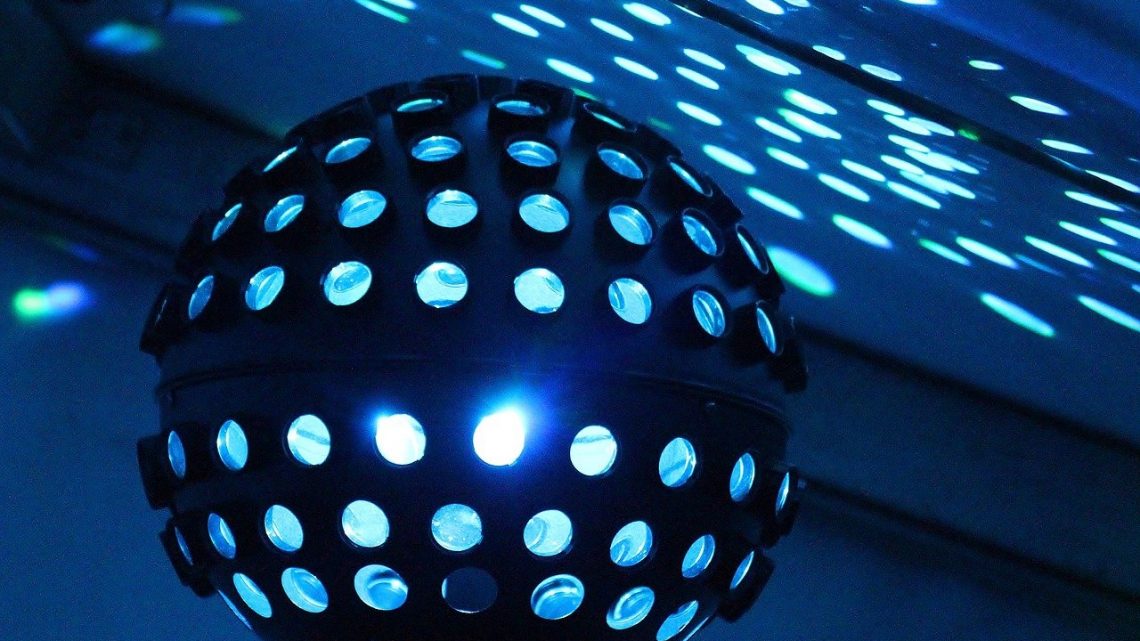Don’t Stop the Grooving: An Introduction to K-Pop Music
October 2, 2021You may be new to k-pop, but you’ve undoubtedly seen the impeccably dressed artists performing perfectly synced choreographies to highly catchy tunes that got your attention. When the world is raging on about k-pop, it’s surely hard to miss. Be it on Instagram reels, TikTok edits, YouTube recommendations, or even on GIFs and memes – K-pop idols are hard to miss. K-pop is the general term that refers to South Korean pop music, which culminates genres such as hip hop, rock, experimental, electronic dance, country, jazz, rhythm and blues, traditional and classical Korean music, and more. K-pop as we know it today has gone through many stages. However, arguably the first k-pop band is Seo Taji and Boys, a boy band from the early 90s.
How Did the Korean Wave Become a Popular Global Phenomenon?
When Seo Taji and Boys first performed on Korean television on a talent show, the judges gave them the lowest points, and they were eliminated. Their performance was a combination of Korean, European, and African-American music. It was innovative and even revolutionary in a sense. Then why, you may be wondering, did they score the lowest? This is because Korean music at the time was more traditional. Seo Taji and Boys brought something very new that the judges could not gauge the potential of. Whereas the youngsters who were getting into Western music instantly resonated with this new form and were inspired by it. From this point onwards, there was no turning back for the K-pop industry. Though it took roughly a decade to crack the international market, once they did, they flourished. As of 2021, it is one of the fastest-growing industries in the world. K-pop took the Japanese market by storm in 2002 when both countries had hosted the football world cup. Soon enough, with advancements in technology and the age of social media platforms, the Korean Wave started to spread like wildfire. Be it Korean dramas, skincare cosmetics, or music- K-culture is the new hit!
Currently, the faces of K-pop are the groups BTS and Blackpink. Their international shows sell out in seconds, and they have constant chartbusters to their name. Some other popular K-pop idol groups are EXO, TWICE, GOT7, Red Velvet, Girls’ Generation, Mamamoo, SHINee, 2NE1, GFRIEND, ENHYPEN, Astro, SuperM, and more. Here’s a list of songs that’ll get you started on the K-pop bandwagon:
- DDU-DU DDU-DU by BLACKPINK (2019)
- Love Shot by EXO (2018)
- BBIBBI by IU (2018)
- Eat You Up by BoA (2009)
- I Am the Best by 2NE1 (2011)
- Boys With Luv by BTS (2019)
- Red Flavour by Red Velvet (2017)
- Maria by Hwasa (2020)
- Love Scenario by iKON (2018)
- Lovesick Girls by BLACKPINK (2020)
- Dynamite by BTS (2020)
- LIKEY by TWICE (2017)
- Ring Ding Dong by SHINee (2009)
- Daechwita by August D (2020)
- AS IF IT’S YOUR LAST by BLACKPINK (2017)
It may seem like Korea has too many K-pop idols, given the sheer number of idol groups and individual artists brimming with raw talent. But the flip side to that is the fact that agencies recruit children as young as 10-13 yrs old or even younger to put them through a strict regimen to unlock their potential as idols. These children are often picked at random- sometimes, the agent may see a good-looking child at a mall or a park and recruit them. Then the grueling training process starts where these recruits wake up as early as 5 a.m. and train for some time. They attend classes at school, followed by the second round of training till night, after which they catch the last train around midnight, return home and sleep – only to follow the same cycle the next day. This goes on until a major agency selects them to represent/form an idol group or even debut as solo artists. Once they debut, the pressure only increases, as there is a constant threat of being outshined by younger, more energetic, fresh lot of trainees waiting to take the world by storm.
Final Words
The life of an idol may seem glamorous, but a lot of sweat and blood goes into it. One of the major backlashes faced by the industry is due to its lack of sensitivity towards the mental health of the idols and trainees. They are often treated like art manufacturing machines and not human beings with a breaking point. The competition is exceptionally high and tough; it often takes a toll on the trainees and idols. Followers of K-pop wish the best for their idols and the trainees and hope that the agencies will start to account for respites and room for errors. After all, a healthy mind and body come up with creative ideas. Surely fandoms would not want their idols or the upcoming idol generations to suffer due to this flaw in the system that the agencies have normalized. For now, let’s hope for change and keep grooving to the addictive tunes of K-pop!



